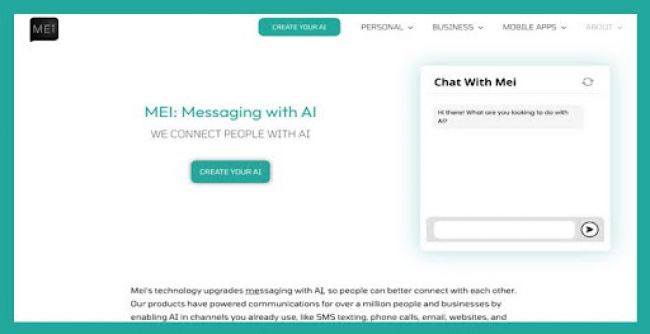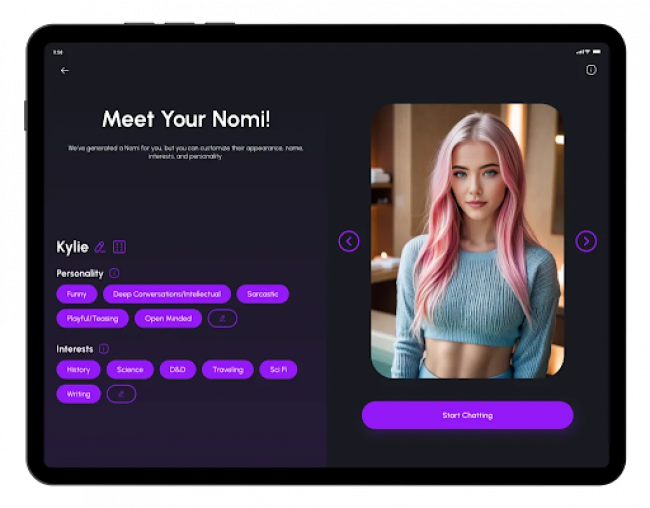Two essential components of developing a profitable company are understanding and addressing customer demands. However, what if you could predict those requirements ahead of time and actively handle them? Predictive analytics enable companies to stay ahead of consumer behaviors and preferences by means of proactive means. Companies can generate answers that connect with their audience by looking at historical trends and patterns, therefore increasing contentment and boosting loyalty.
What Is Predictive Analytics?
Using statistical methods, machine learning, and data mining, predictive analytics projects future results depending on past data. For companies, this implies discovering trends in consumer behaviors as shopping styles, product choices, even possible roadblocks before they come to light.
Industries like customer support, healthcare, and retail have welcomed this innovation, which has enhanced personalization, resource management, and general efficiency. This has allowed them to benefit from such improvements. Predictive analytics is transforming customer engagement, whether it is noticing clues of discontentment or determining what consumers may purchase next.
How Predictive Analytics Helps Businesses Stay Ahead
1. Customer Segmentation
Based on common actions or qualities, predictive analytics helps companies group consumers into different categories. It can, for example, spotlight which clients are probably going to buy particular goods or services. This division lets businesses develop custom marketing plans and concentrated campaigns, therefore driving more significant and valuable interaction.
2. Proactive Customer Support

In customer service, predictive analytics can uncover recurring patterns or potential issues before they escalate. Tools such as call center AI software can analyze historical interactions to predict when a customer might need help, allowing teams to address concerns before they become problems. This proactive approach not only improves customer experiences but also builds trust.
3. Demand Forecasting
Predictive analytics lets companies forecast products or services' demand. Companies can more efficiently distribute resources and handle inventory, say, by studying yearly trends, past sales numbers, and market conditions. This guarantees that consumers will get what they call for exactly.
4. Enhanced Personalization
Predictive analytics enable companies to suggest goods or services in line with a customer's tastes. Analyzing past habits and preferences helps companies to create very individualized experiences that raise happiness and involvement.
The Role of Predictive Analytics in Customer Support
To offer rapid and more efficient service, customer support teams are using predictive analytics. Companies can change the method they answer questions and resolve problems by incorporating this technology with call center AI software. Here’s how:
- Reducing Response Times
Predictive models assist in predicting peak times for consumer requests. Knowing these trends lets companies judiciously distribute support resources so that consumers have little wait time. - Recognizing at-risk clients
Reduced participation or bad remarks are early warnings that analytics can identify. Early addressing of problems improves satisfaction and retention, which helps companies act on this knowledge. - Streamlining Routine Interactions
With fast solutions for standard questions, artificial intelligence-driven chatbots and virtual assistants let predictive tools free human agents to concentrate on more challenging issues. - Boosting Agent Performance
Predictive analytics can help to identify regions of customer contacts where support staff members could require further instruction. This input aids in enhancing the general level of service and efficiency.
Challenges of Implementing Predictive Analytics
Using predictive analytics successfully can be difficult, although their advantages are evident. Here are some obstacles companies could meet:
- Data Quality
Models based on data are only as good as the data on which they rest. Unreliable predictions produced by incorrect or incomplete data will compromise the efficiency of the system. - System Integration
Using current systems such as call center AI software or CRMs with predictive analytics solutions calls for some complexity. Without seamless data integration, one cannot fully exploit this technology. - Privacy Concerns
Businesses have to use customer data conscientiously to guarantee regulatory compliance and keep honesty about its uses.
How to Get Started with Predictive Analytics
Companies should follow these guidelines to maximize their predictive analysis:
- Set Clear Goals
Define particular goals, whether they be increasing consumer retention, simplifying support systems, or predicting demand. - Invest in Suitable Tools
Select solutions that fit with your aims and fit smoothly into your present infrastructure. For clientele service staff, tools like call center AI software provide an excellent first step. - Prioritize Data Quality
Good data is absolutely essential. Before creating predictive models, set up data cleaning and organization procedures. - Train Your Team
Provide your staff with the qualifications required to interpret predictive data and use it selectively. Thorough training guarantees more successful implementation.
The Benefits of Predictive Analytics
Predictive analytics produces real advantages when properly executed, including:
- Better Decision-Making
Gain data-driven insights to guide marketing approaches, resource distribution, and more. - Increased Customer Satisfaction
Proactive response to consumer needs helps companies to provide flawless and pleasant experience. - Operational Efficiency
Predicted analytics simplifies procedures, hence conserving resources and time. - Stronger Customer Loyalty
Personalized service and proactive support build trust, ensuring customers feel valued.
Conclusion
Predictive analytics is reshaping the way businesses understand and meet customer needs. By leveraging tools like call center AI software, companies can deliver tailored solutions, enhance customer satisfaction, and stay ahead in a competitive market.
Although problems including data quality and system integration arise, the advantages far exceed the difficulties. Adopting predictive analytics is mandatory for companies wishing to flourish and provide outstanding customer experiences; it is not just a wise act.
Post Comment
Be the first to post comment!
Related Articles

11+ Best Free AI Tools to Use in 2025
Apr 16, 2025


